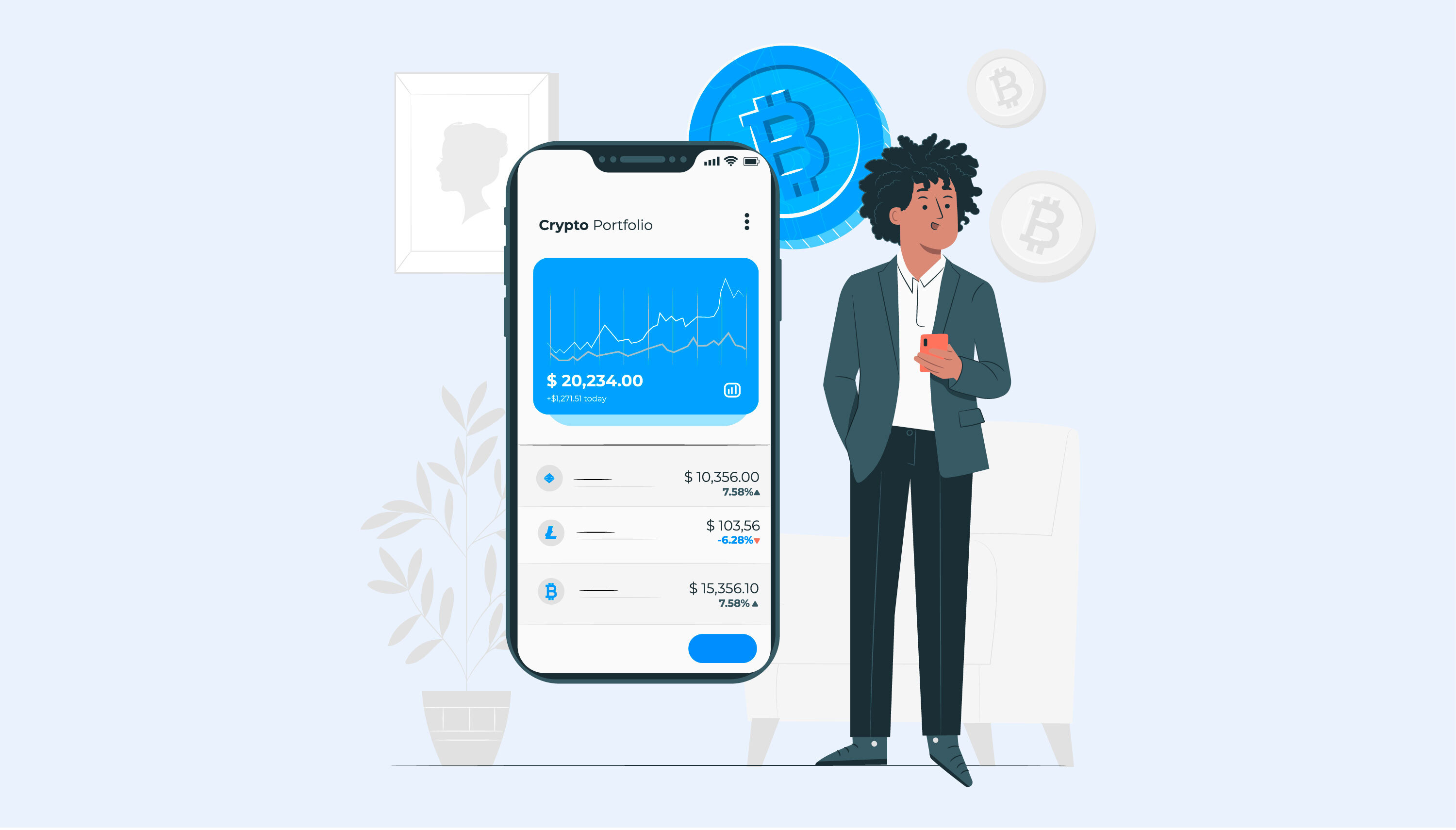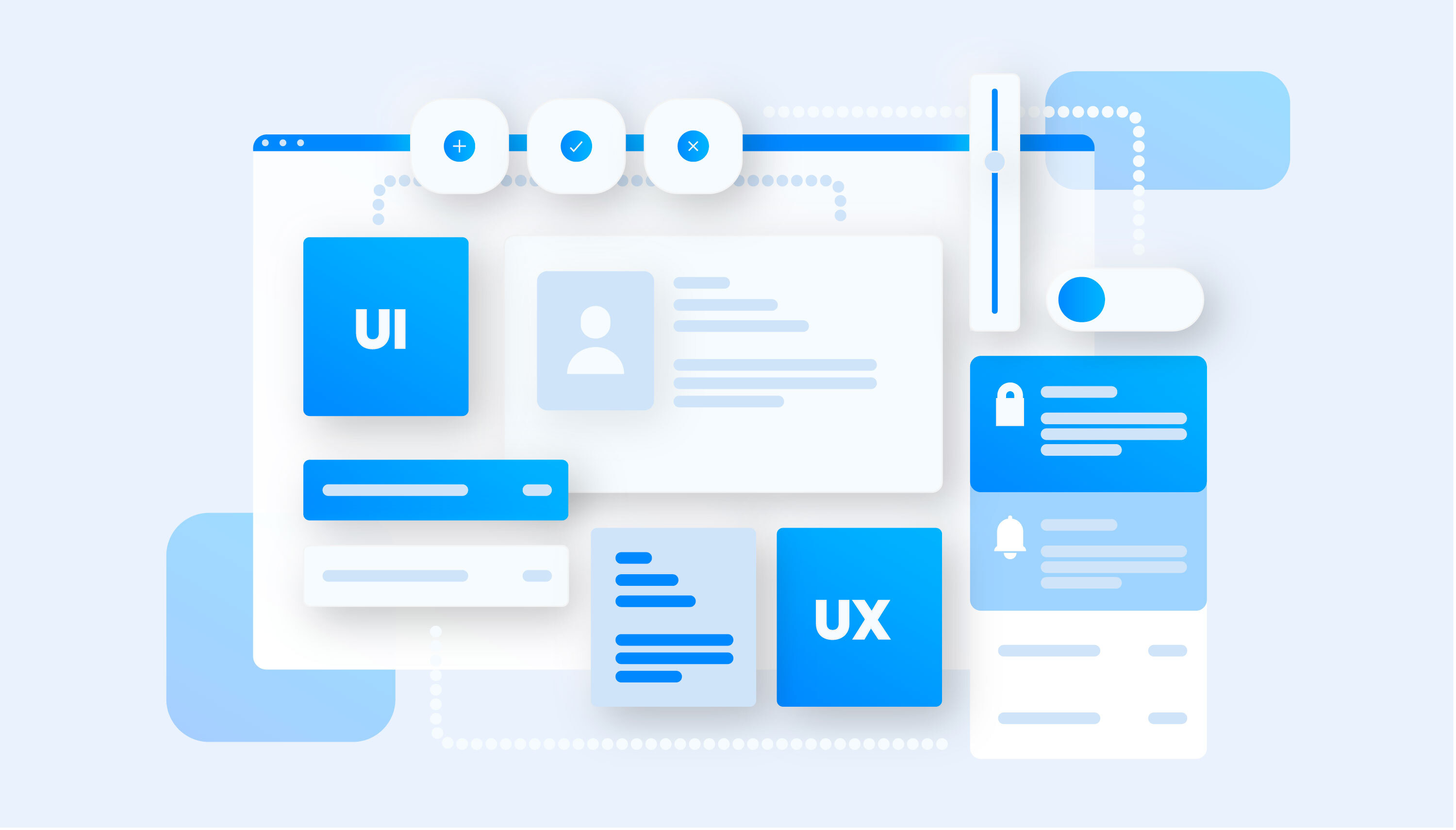Apr 11, 2023

How to build a stock trading app: step-by-step guide with costs and timeframes
The rise of mobile technology has transformed the way people invest in the stock market, with stock trading apps providing convenient access to financial markets anytime, anywhere. If you're considering building your own stock trading app, this comprehensive guide will walk you through the step-by-step process, including costs and timeframes associated with each stage.
1. Market Research and Planning:
- Define your target audience, market niche, and unique selling proposition (USP).
- Conduct competitor analysis to identify strengths, weaknesses, and opportunities.
- Create a detailed project plan outlining features, functionalities, and milestones.
Timeframe: 1-2 weeks
Cost: Minimal
Design and Wireframing:
- Develop wireframes and prototypes to visualize app layout and navigation.
- Design user interface (UI) elements, including screens, icons, and visual assets.
- Incorporate branding elements and ensure consistency across the app.
Timeframe: 2-4 weeks
Cost: Varies based on complexity and scope of design requirements.
Frontend Development:
- Translate design mockups into functional frontend code using programming languages such as Swift (iOS) or Kotlin (Android).
- Implement user authentication, account management, and real-time data updates.
- Integrate third-party APIs for market data, trading execution, and payment processing.
Timeframe: 8-12 weeks
Cost: Moderate to high, depending on development complexity.
Backend Development:
- Build a scalable and secure backend infrastructure to support user data storage, authentication, and transaction processing.
- Implement server-side logic for trade execution, order management, and portfolio tracking.
- Integrate with financial data providers and market exchanges to retrieve real-time market data.
Timeframe: 8-12 weeks
Cost: Moderate to high, depending on backend architecture and complexity.
Testing and Quality Assurance:
- Conduct rigorous testing to identify and fix bugs, errors, and performance issues.
- Perform usability testing to ensure intuitive navigation and smooth user experience.
- Verify security measures, including data encryption, authentication, and compliance with regulatory standards.
Timeframe: 4-6 weeks
Cost: Moderate
Deployment and Launch:
- Submit the app to respective app stores (Apple App Store, Google Play Store) for review and approval.
- Prepare marketing materials, including app descriptions, screenshots, and promotional assets.
- Coordinate launch activities, including press releases, social media campaigns, and user outreach.
Timeframe: 2-4 weeks (subject to app store review times)
Cost: Minimal
Post-Launch Support and Maintenance:
- Monitor app performance, user feedback, and market trends to identify areas for improvement.
- Release regular updates with bug fixes, feature enhancements, and security patches.
- Provide customer support and address user inquiries, issues, and feature requests.
Timeframe: Ongoing
Cost: Ongoing maintenance costs (approximately 20-30% of initial development budget per year).
Conclusion:
Building a stock trading app requires careful planning, development, and ongoing maintenance to deliver a secure, reliable, and user-friendly platform. By following this step-by-step guide and considering the associated costs and timeframes, you can create a compelling stock trading app that meets the needs of investors and drives business success.
Recent Post

10 UI/UX design trends for startups to watch out in 2024
Feb 13, 2024

How to build a stock trading app: step-by-step guide with costs and timeframes
Apr 11, 2023

How a Project Manager Can Stay Sane Working.
Apr 10, 2023
